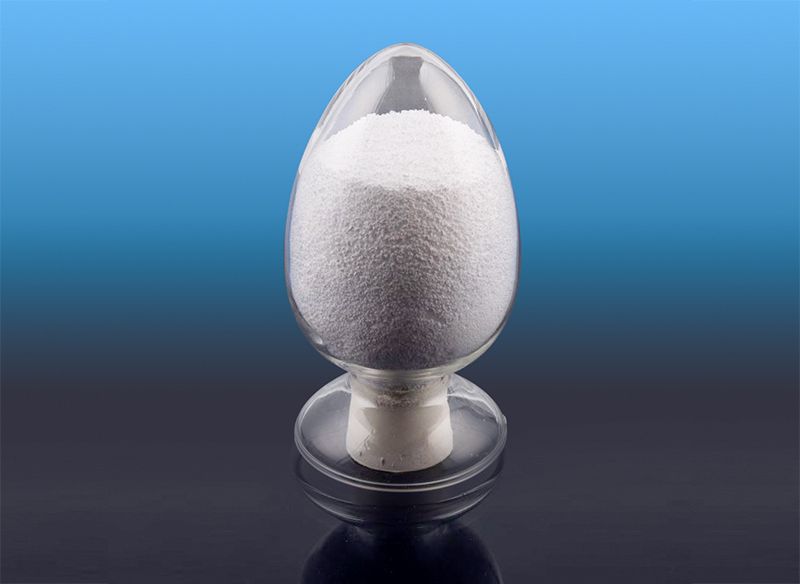How does hydrogenation enhance isoprene polymer's thermal stability, and why is it crucial for its uses?
Hydrogenated isoprene polymer, a synthetic rubber known for its versatility and performance, undergoes a process of hydrogenation that significantly improves its thermal stability. This enhancement plays a critical role in its suitability for various applications across different industries.
Understanding Hydrogenation
Hydrogenation is a chemical process that involves the addition of hydrogen atoms to the carbon-carbon double bonds present in the polymer’s structure. In the case of isoprene polymer, which is primarily composed of polyisoprene, the hydrogenation process converts some of its unsaturated bonds into saturated bonds. This transformation alters the polymer’s chemical properties and structure.
Improved Thermal Stability
Reduction of Oxidative Degradation: One of the main challenges faced by unsaturated polymers, such as natural rubber, is oxidative degradation. Unsaturated bonds are susceptible to reactions with oxygen, leading to the formation of free radicals and, ultimately, the breakdown of the polymer chain. By saturating these double bonds through hydrogenation, the polymer becomes less reactive to oxygen, thus enhancing its thermal stability and resistance to oxidative aging.
Enhanced Heat Resistance: Hydrogenation increases the polymer’s heat resistance, allowing it to maintain its mechanical properties at higher temperatures. This is particularly important in applications such as automotive parts, tires, and industrial materials, where exposure to elevated temperatures is common.
Improved Dimensional Stability: The saturation of double bonds contributes to better dimensional stability when the material is subjected to temperature fluctuations. This stability is essential for applications that require precise tolerances and durability over time.

Importance of Thermal Stability in Applications
The improved thermal stability of hydrogenated isoprene polymer has significant implications for its performance in various applications:
Automotive Industry: In automotive components such as seals, gaskets, and tires, enhanced thermal stability ensures that materials can withstand the heat generated during operation without losing their integrity. This results in longer-lasting products and reduced maintenance costs.
Consumer Goods: Products such as footwear, adhesives, and coatings benefit from the heat resistance and durability of hydrogenated isoprene polymer. Consumers demand reliable and high-performance materials, and the thermal stability provided by hydrogenation meets these expectations.
Industrial Applications: In industries where machinery operates under high temperatures, such as manufacturing and processing, the thermal stability of materials is crucial for safety and efficiency. Hydrogenated isoprene polymer can be used in various seals and components that require consistent performance in harsh conditions.
Hydrogenation significantly enhances the thermal stability of isoprene polymer, making it a more robust and reliable material for a wide range of applications. By reducing oxidative degradation and improving heat resistance, hydrogenated isoprene polymer stands out in industries that prioritize durability, safety, and performance. As demand for high-quality materials continues to grow, the advantages offered by hydrogenation will play an essential role in the development of innovative products and solutions across multiple sectors.





